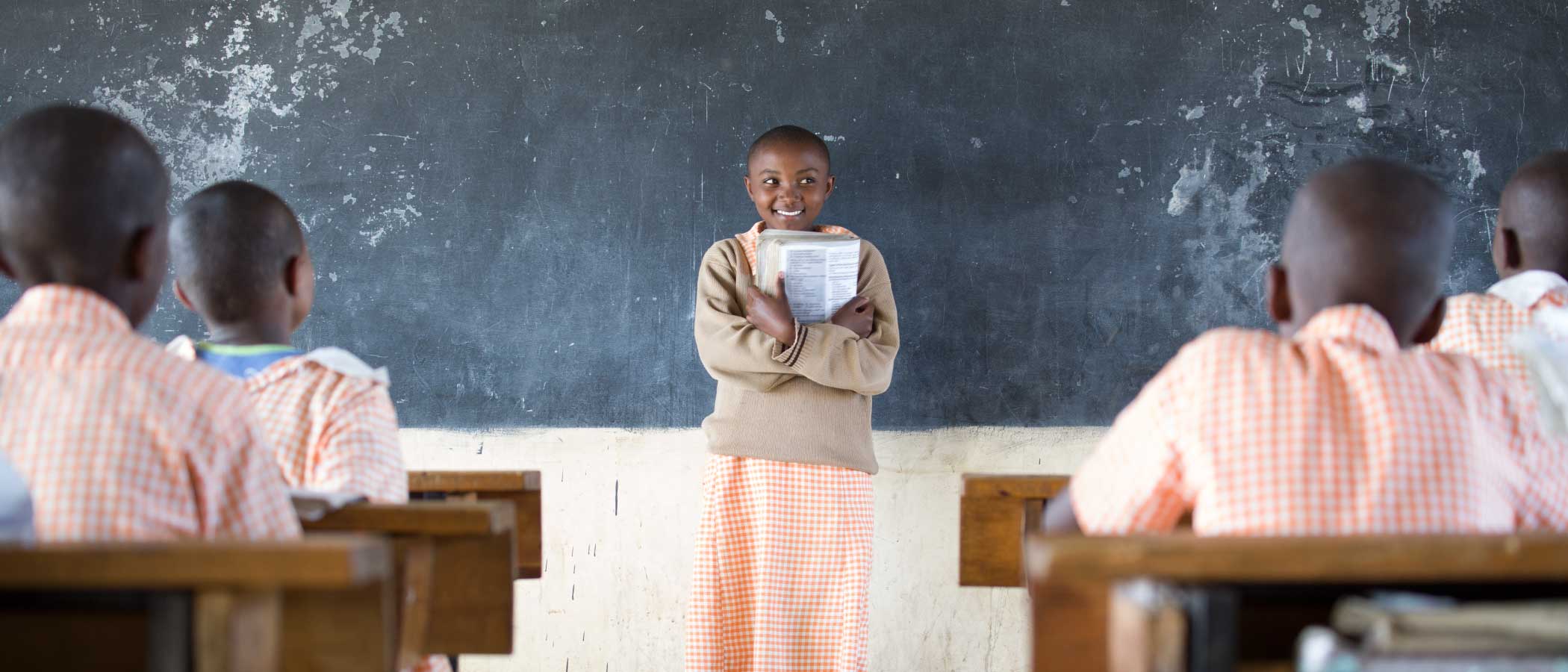
Education lays a foundation for vibrant lives for girls and women, their families, and their communities. It also is one of the most powerful levers available for avoiding emissions by curbing population growth. Women with more years of education have fewer and healthier children, and actively manage their reproductive health. Educated girls realize higher wages and greater upward mobility, contributing to economic growth. Their rates of maternal mortality drop, as do mortality rates of their babies. They are less likely to marry as children or against their will. They have lower incidence of HIV/AIDS and malaria. Their agricultural plots are more productive and their families better nourished. Education also shores up resilience and equips girls and women to face the impacts of climate change. They can be more effective stewards of food, soil, trees, and water, even as nature’s cycles change. They have greater capacity to cope with shocks from natural disasters and extreme weather events. Today, there are economic, cultural, and safety-related barriers that impede 62 million girls around the world from realizing their right to education. Key strategies to change that include: make school affordable; help girls overcome health barriers; reduce the time and distance to get to school; and make schools more girl-friendly.















Leave a Reply